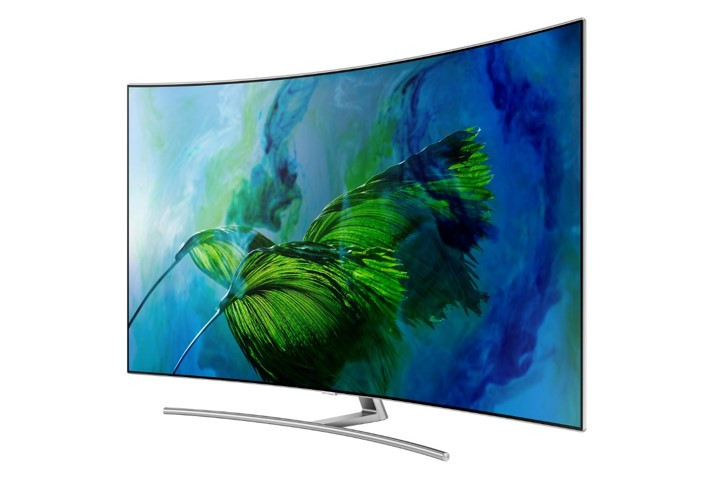
The Perfect Colour Spectrum: An Evolution of Television Picture Quality
Television has stood the test of time when it comes to entertainment. In the past, viewers were solely focused on the content being broadcasted — but today, people want more. Our standards for viewing and experiencing television have evolved beyond the content we consume to include perfect picture quality with rich colours, crisp images and sharp definition. The proliferation of multiple screens has driven the quality quotient when it comes to television.
On average people watch five hours of TV every day[1], or 35 hours every week. About 50 percent of all TV viewers today watch shows online through services offered by content providers; the content created for these services relies heavily on picture quality. Gone are the days of grainy cable television; today, an optimal viewing experience has become an expectation.
In the nine decades since television was born, there have been a number of technological breakthroughs that have dramatically changed the way people watch TV. During the late 1960s into the early 2000s, every household had a cathode ray tube (CRT) TV set, characterized by its grainy picture quality made up of thousands of red, green and blue dots[1]. When flat screen TVs appeared in the late 1990s, they brought a new viewing experience for TV owners. And when high definition (HD) televisions hit the market a few years later, with five times the resolution of their standard definition counterparts, viewers were given a much sharper, more vibrant and detailed viewing experience.
Now, more than a decade later, today’s technologically advanced TVs have transformed the viewer experience by delivering unparalleled picture quality with top-notch brightness, contrast and High Dynamic Ranges that use quantum dot technology. Many also offer a smarter, more hands-on experience with interactive streaming and viewing capabilities.
The evolution of TV has raised the standards of a great viewing experience, which now relies on smart TVs with 4K resolution. Otherwise known as Ultra-High Definition, 4K is a horizontal resolution of approximately 4,000 pixels—nearly four times as many pixels per inch as a regular high definition image. The 4K technology delivers elite contrast levels, outstanding colour detail and deep, vivid blacks to provide the clearest, brightest and crispest image possible. TVs equipped with 4K technology are now providing viewers with the ultimate picture experience with details to show the petals of even the smallest flower.
With the availability of 4K televisions on the rise, so too is the availability of 4K content. Consumers can now watch many shows in Ultra HD, which encourages the provider to create some of its most popular shows in this format. In the same way that TV manufacturers aim to improve the viewer experience, content providers do too.
In a typical viewing environment, Samsung’s QLED TV displays deeper colours, bolder contrast and superior peak brightness that intuitively adjusts with the surrounding brightness and time of day. The remarkably brilliant picture is made possible by a range of over a billion colours, and the100% colour volume is delivered via Samsung’s proprietary Quantum Dot Display; which provides the richest and most vibrant colours that stay true, even during the brightest of scenes.
The Samsung QLED TV embodies all the premium features and elements of picture quality that viewers are looking for when it comes to entertainment. As we know, picture quality has become of utmost importance for today’s viewers and it plays a large role in their purchasing decisions. With the QLED TV, Samsung exceeds viewing expectations to provide the best possible television experience available.



























